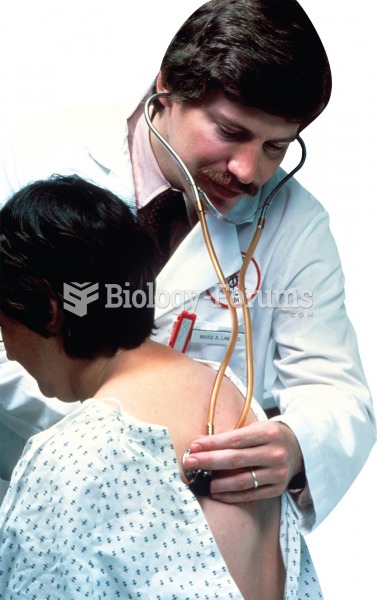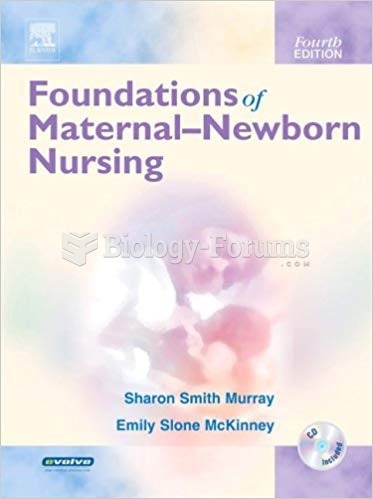Answer to Question 1
Correct Answer: 1,5
Rationale 1: An actual diagnosis is a client problem that is present at the time of the nursing assessment. An actual nursing diagnosis is based on the presence of associated signs and symptoms.
Rationale 2: A risk nursing diagnosis is a clinical judgment that a problem does not exist but the presence of risk factors indicates that a problem is likely to develop unless nurses intervene.
Rationale 3: A health promotion diagnosis relates to the client's preparedness for implementing behaviors to improve their health condition. These diagnosis labels begin with the phrase readiness for enhanced.
Rationale 4: A wellness diagnosis describes human responses to levels of wellness in an individual, family or community. These diagnosis labels begin with the phrase readiness for enhanced.
Rationale 5: An actual diagnosis is a client problem that is present at the time of the nursing assessment. An actual nursing diagnosis is based on the presence of associated signs and symptoms.
Answer to Question 2
Correct Answer: 1,4
Rationale 1: The basic three-part nursing diagnosis statement is called the PES format and includes the problem, etiology, and signs and symptoms.
Rationale 2: The basic three-part nursing diagnosis statement is called the PES format and includes the problem, etiology, and signs and symptoms; this diagnosis is lacking the signs and symptoms.
Rationale 3: The basic three-part nursing diagnosis statement is called the PES format and does not support the use of risk for' diagnosis because the client does not have signs and symptoms of the diagnosis.
Rationale 4: The basic three-part nursing diagnosis statement is called the PES format and includes the problem, etiology, and signs and symptoms.
Rationale 5: The basic three-part nursing diagnosis statement is called the PES format and includes the problem, etiology, and signs and symptoms; this diagnosis is lacking the etiology.







